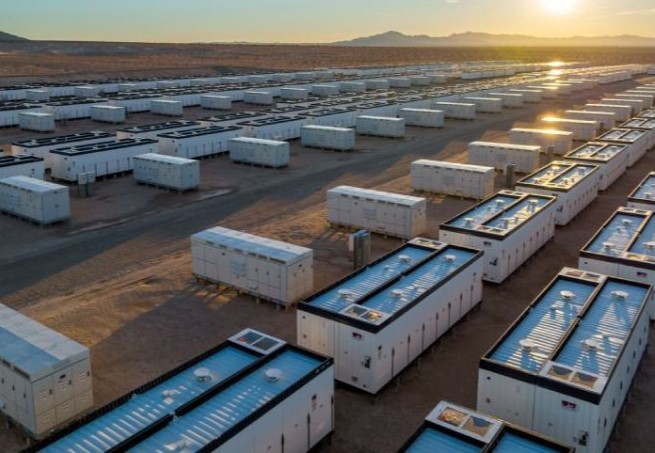The International Energy Agency (IEA) has released its first report on the importance of battery energy storage technology in the energy transition. The study found that tripling renewable energy capacity by 2030 would require 1,500 GW of battery storage.
Batteries must lead a sixfold increase in global energy storage capacity to enable the world to meet 2030 targets, after deployment in the energy sector more than doubled last year, the IEA said in its first assessment of the state of affairs of business across the battery ecosystem. In this scenario, battery energy storage systems would account for 90% of the increase and pumped hydroelectric power plants would account for most of the rest.
In his book ‘Batteries and safe energy transitions’ reportThe Paris-based watchdog described batteries as crucial to achieving the climate and energy targets set out at the COP28 climate conference in Dubai. According to the report, battery growth will outpace nearly all other clean energy technologies by 2023, driven by falling costs, innovation and supportive industrial policies.
Strong growth occurred for utility-scale battery projects, behind-the-meter batteries, mini-grids and home solar systems, adding a total of 42 GW of battery storage capacity around the world, an increase of more than 130% year-on-year. Meanwhile, battery deployment for electric vehicles (EV) is set to increase by 40% by 2023, with 14 million new EVs, accounting for the vast majority of batteries used in the energy sector.
“Despite the continued use of lithium-ion batteries in billions of personal devices around the world, the energy sector now accounts for more than 90% of annual demand for lithium-ion batteries,” the IEA report said. “This is an increase from 50% for the energy sector in 2016, when the total lithium-ion battery market was ten times smaller.”
In less than 15 years, battery costs have fallen by more than 90% – one of the fastest declines ever in clean energy technologies. Nevertheless, the report finds that costs need to be further reduced without compromising quality and technology to scale up batteries globally.
It is expected that further innovation in chemistry and battery manufacturing could reduce the global average cost of lithium-ion batteries by a further 40% between 2023 and 2030 and bring sodium-ion batteries to market. The IEA said sodium-ion batteries would make up less than 10% of EV batteries by 2030, but would account for a growing share of stationary storage batteries as their costs are 30% lower than lithium iron phosphate (LFP). ) batteries.
“The combination of solar energy and batteries is now competitive with new coal-fired power stations in India. And in the next few years alone, it will be cheaper than new coal in China and gas-fired power in the United States. Batteries are changing the game before our eyes,” said Fatih Birol, Executive Director of the IEA.
The cost savings also make standalone battery storage more competitive with natural gas peaker options, the IEA report said.
In the most ambitious scenario, total battery spending for all applications will rise to $800 billion by 2030, an increase of almost 400% compared to 2023. This means that batteries will increase their share of total clean energy investments within seven years must be doubled.
Global battery production has more than tripled in the past three years. Although China produces the most batteries today, the report shows that 40% of all announced new battery production plans are in advanced economies such as the United States and the European Union.
“If all these projects are built, those economies would have nearly enough output to meet their own needs through 2030 on the path to net-zero emissions,” the report said.
This content is copyrighted and may not be reused. If you would like to collaborate with us and reuse some of our content, please contact: editors@pv-magazine.com.


